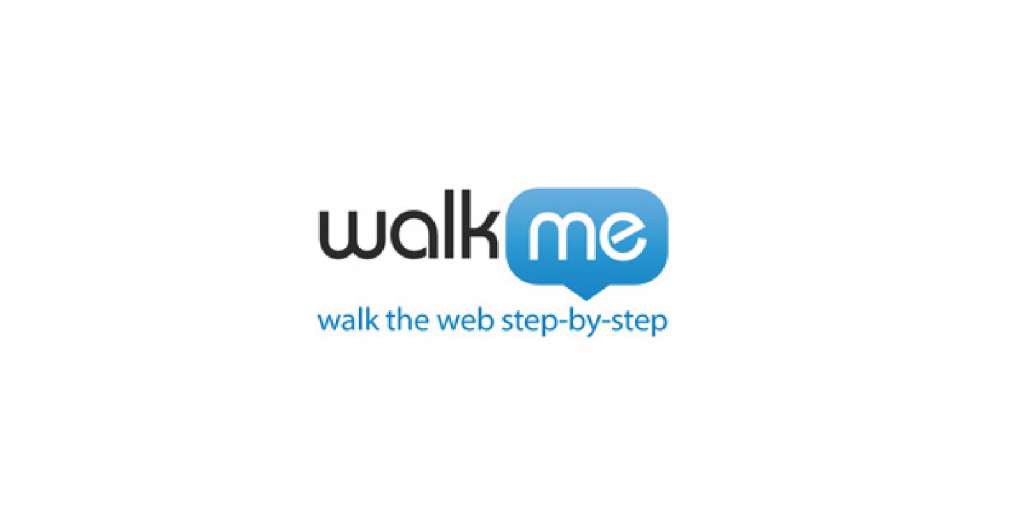There are many ways to provide customer support and many tools that can be used simultaneously. These tools are complementary and helpful and it’s worth examining how they work and what benefits they bring to effective customer service management.
Customers are seeking multi-channel contact. They want to be plugged in: on the web, via their PCs, smartphones, or tablets. They want to be able to use voice or SMS, or log onto websites, social networks,
They need to know that they can get answers to their questions – and solutions to their problems – quickly, efficiently and accurately. Social and technological change has shifted the focus from landline and PC-based web browsing to a wide variety of devices and networks: Twitter, Facebook, LinkedIn and of course Google. This puts enormous pressure on organizations to genuinely deliver multi-channel contact.
Although voice support has been the standard for more than a decade, organizations are seeking to reduce the volume of calls – particularly those that could be dealt with through a well-designed website with an effective knowledge base, or through intuitive self-help tools. However, most people with problems are more likely to use Google to find their answers than battle through a company website with which they are not familiar and which may not be exactly user-friendly.
Non-voice communication – the web channels, email and SMS – present challenges to organizations seeking to set up multi-channel support. The big question is what is the best approach to supporting customers across multiple channels? There is the “blended approach”, where all agents can handle interactions across all channels – creating a varied and challenging mix of workload but requiring multi-tasking, writing and PR skills never needed before in a contact center. The current state of customers’ satisfaction – or dissatisfaction – with service could be due to the level of an integrated multi-channel approach towards it.
Within this challenge lie other challenges: maintaining consistency of message, continuity of experience and high service and quality levels while exploiting the best capabilities and functionality of each channel.
Others customers prefer to do their own research and expect companies to have a good search engine and plenty of product information on their sites. Increasingly, customers also assume they can receive this support over their smartphones while shopping or walking the dog. This is where the provision of smart tools and service suites become useful. Customer service and contact center software helps organizations transform their traditional call centers into multichannel customer interaction hubs. These hubs enable dramatically improved customer experience, unified multichannel customer service, end-to-end service process efficiencies, and enhanced contact center performance.
Other approaches help reduce call center congestion: the WalkMe system guides viewers intuitively through a website, no matter how complicated or complex it may, helping them to understand and navigate their way to their perfect solution. By reducing the need for users to contact the call center, the system creates more time for center managers to focus on real issues.
This leads ultimately to better customer service management, better service, more satisfaction and a far more successful business.

0 Comments
Leave A Comment